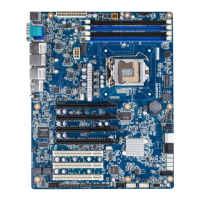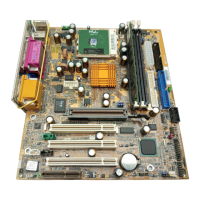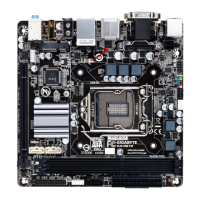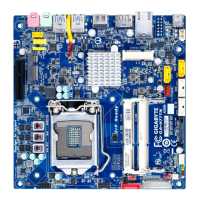
Do you have a question about the Gigabyte GA-6VXE7+ and is the answer not in the manual?
| ECC | Yes |
|---|---|
| Memory voltage | 3.3 V |
| Number of memory slots | 3 |
| Maximum internal memory | 1.5 GB |
| Processor socket | Socket 370 |
| Processor manufacturer | Intel |
| Number of COM connectors | 2 |
| USB 2.0 ports quantity | USB 2.0 ports have a data transmission speed of 480 Mbps, and are backwards compatible with USB 1.1 ports. You can connect all kinds of peripheral devices to them. |
| Firewire (IEEE 1394) ports | 0 |
| Motherboard chipset | - |
| Motherboard form factor | ATX |
| Compatible operating systems | Windows 95/98/2000/ME |
| PCI slots | 5 |
| Depth | 200 mm |
|---|---|
| Width | 305 mm |
Guide to setting system bus speed and CPU speed using DIP switches.
Details for speaker, reset, power/HDD LEDs, soft power, fans, and basic I/O ports.
Jumpers for PS/2 keyboard power, Wake on LAN, CMOS, BIOS protection, CPU turbo, and AC back.
Information on performance testing and benchmark results.
Lists the main capabilities and specifications of the motherboard.
Details the hardware components and their specifications.
Lists software aspects, drivers, and operating environment requirements.
Diagram of the motherboard, identifying major components and connectors.
Guide to installing the CPU and configuring its speed via DIP switches.
How to enter BIOS setup, control keys, and menu structure.
Settings for date, time, drives, and basic system features.
Configuration options for chipset, power saving, and integrated peripherals.
Procedures for saving configuration changes and exiting the BIOS utility.












